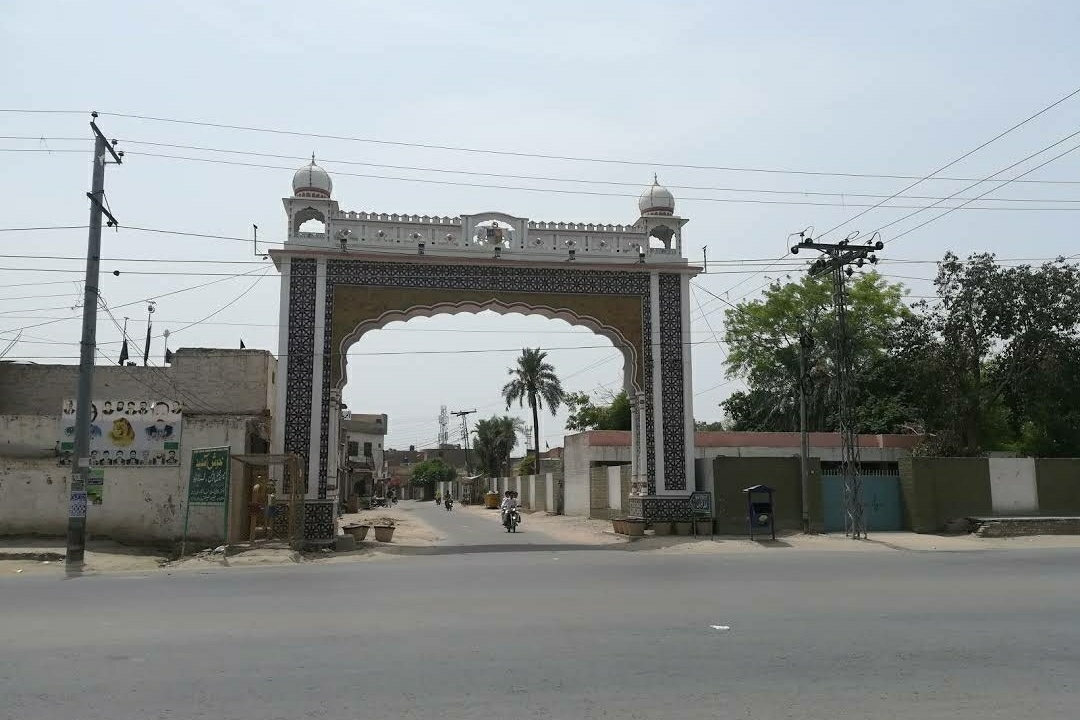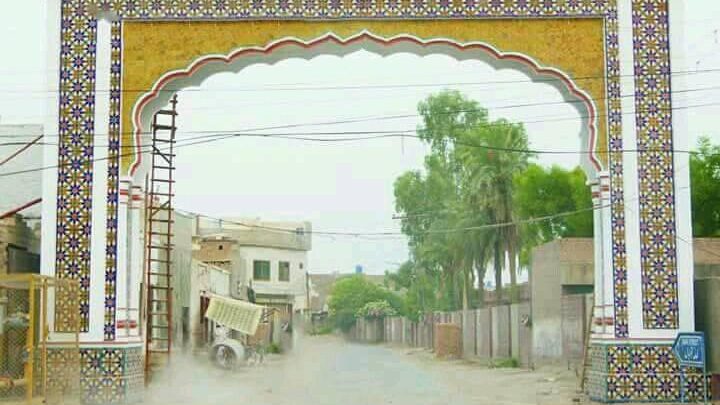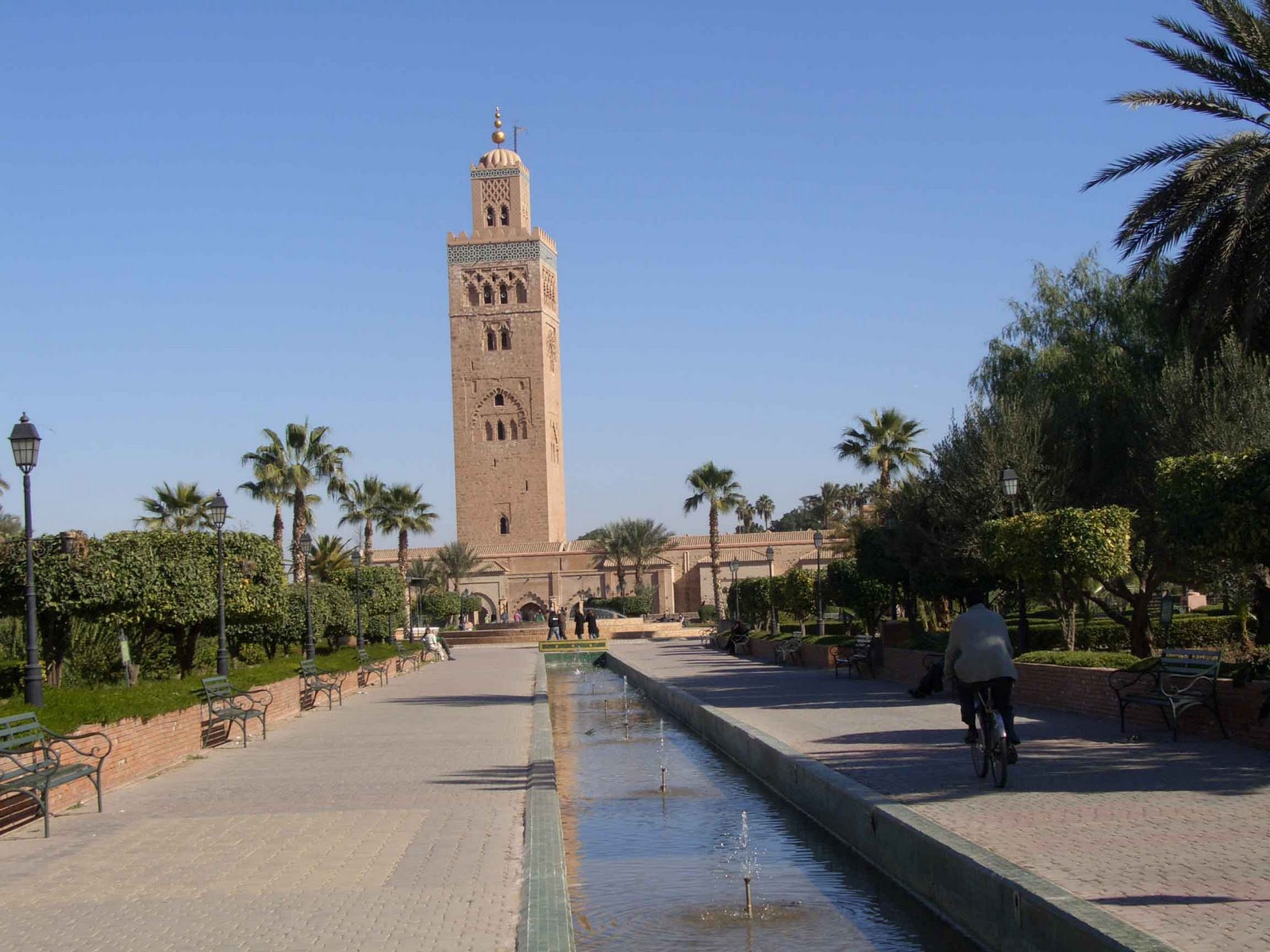The history of Mori Gate traces back to the reign of Nawab Sadiq Mohammad Khan IV, the visionary ruler of the princely state of Bahawalpur in the 19th century. Known for his profound appreciation of architecture and the fine arts, Nawab Sadiq Mohammad Khan IV envisioned Mori Gate as more than just a mere entrance; it was to be a monumental statement, welcoming visitors and encapsulating the splendor of Bahawalpur.
Architecturally, Mori Gate bears the unmistakable influence of Moroccan design, characterized by graceful pointed arches, intricate geometric patterns of zellige tilework, and ornate calligraphic embellishments. Each element speaks to a convergence of cultures, highlighting the interplay between local traditions and global inspirations.

Constructed during the reign of Nawab Sadiq Mohammad Khan IV, Mori Gate swiftly became an iconic landmark, symbolizing the pride and identity of Bahawalpur. Over the years, it has stood as a silent witness to the ebb and flow of history, a constant reminder of the region’s enduring legacy.
Today, Mori Gate continues to enchant visitors with its timeless beauty and historical significance. As a cherished piece of Pakistan’s architectural heritage, it serves as a bridge between the past and the present, inviting all who pass through its hallowed arches to embark on a journey through time.





